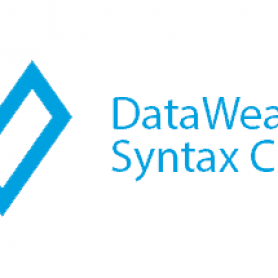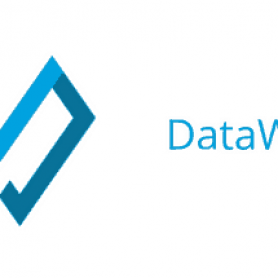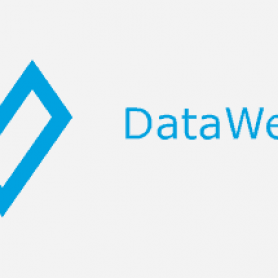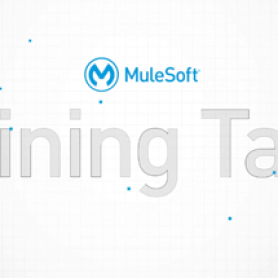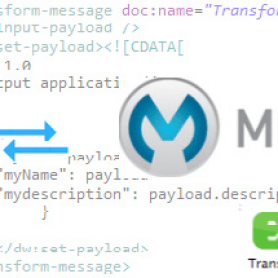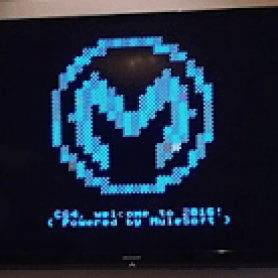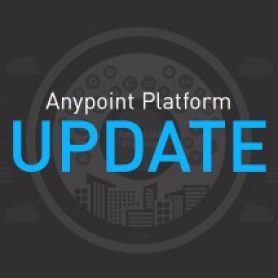Part 2: DataWeave 2.0 Syntax Changes in Mule 4 Beta
This post was written by one of the stars in our developer community, Manik Magar In my last post, I discussed DataWeave 2.0 header and
Part 1: DataWeave 2.0 Syntax Changes in Mule 4 Beta
This post was written by one of the stars in our developer community, Manik Magar Mule 4 beta is already out. One of the
How to Reuse DataWeave Code
MuleSoft’s DataWeave, which is now the main expression language in Mule 4 beta, is a powerful technology that can efficiently transform complex structured data between popular
Why DataWeave is the Main Expression Language in Mule 4 Beta
All hail DataWeave! One of the major changes in Mule 4 is the introduction of DataWeave as our primary expression language. Although this may
Intercepting Messages on TCP/IP in Mule
In this article, we will see how Mule can intercept messages on the TCP/IP socket for real-time communication. You will first receive messages on
Training Talks: How to Format Numbers in DataWeave
In today's Training Talk, we're going to show you how to convert and format numbers as strings or numbers in DataWeave. Something we've noticed
Weaving it with Dataweave expression
We all know how powerful Dataweave Transform Message component is. This is such a powerful template engine that allows us to transform data to
HowTo – Data Integrity checks in batch processing
We recently introduced our HowTo blog series, which is designed to present simple use-case tutorials to help you as you evaluate Mulesoft's Anypoint Platform. This
Connecting anything to anything: How the MuleSoft team got a Commodore 64 to tweet
When MuleSoft engineering recently organized a two-day internal hackathon, our team of four: Jeff Harris - Principal Engineer James Hall - Interaction Designer Steven Butt - Senior
Configurable batch block size in Mule 3.8
Welcome back! Following the series about new batch features in Mule 3.8, the second most common request was being able to configure the batch block





